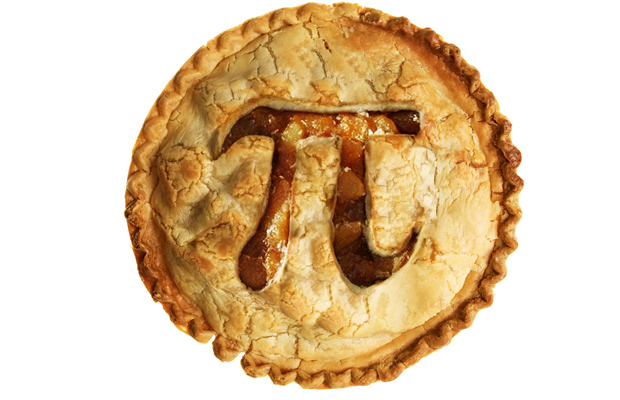A University of Rochester study shows that baboons are able to understand numbers. Experimenters showed the monkeys peanut-filled cups and the monkeys then chose which cup contained more peanuts. Read more about the experiment and its conclusions here.
Category: Blog Posts

Space Exploration Using Math
Software Engineers at SpaceX recently participated in a crowd-sourced interview on Reddit. One person asked, “What experience/schooling does one need to get a job with SpaceX?” SpaceX responded (in summary), “Study math and know your sorting algorithms.” Read more about SpaceX and their coding systems here.

Gender Gap Closes in Math Competitions

In most math competitions, girls underperform relative to their male classmates. Brigham Young University economist Joe Price has shown that girls can perform as well as boys when the competition format is adjusted. With this new understanding, researchers can focus on helping girls perform better in competitive environments. Read more about the study here.

Celebrating Pi Day (3/14…get it?)

Did you know…
-the United States House of Representatives formally supported the designation of Pi Day in 2009.
-in 1988, the first formal Pi Day celebration was held in San Francisco. It was created by Larry Shaw, the “Prince of Pie.”
-the Massechusetts Institute of Technology (MIT) mails its acceptance letters for delivery on March 14th.
-Princeton, New Jersey celebrates both Pi Day and Albert Einstein’s birthday with a pi recitation contest, pie eating contest, and an Einstein look-alike contest!
-raps about Pi exist! View one that was recognized on NPR here.
-For information of the SF Exploratorium celebration, click here.
-Need some ideas for your own Pi Day celebration? Here are eight steps to a perfect Pi Day.

Math in the Medical World

Max Little is an applied mathematician who developed a voice analysis software for Parkinson’s disease screening. The Parkinson’s Voice Initiative asked for volunteers to recite simple vocal sounds over the phone which were recorded for further analysis. This algorithmic software has a 98.6% accuracy rate in detecting Parkinson’s disease. Though it is not yet an official method of diagnosis, its cost effectiveness, simplicity in screening, and ability to reach a large population make it very promising. Click here for a link to Max Little’s talk explaining his initiative, and click here to find out more and monitor the study’s progress.
